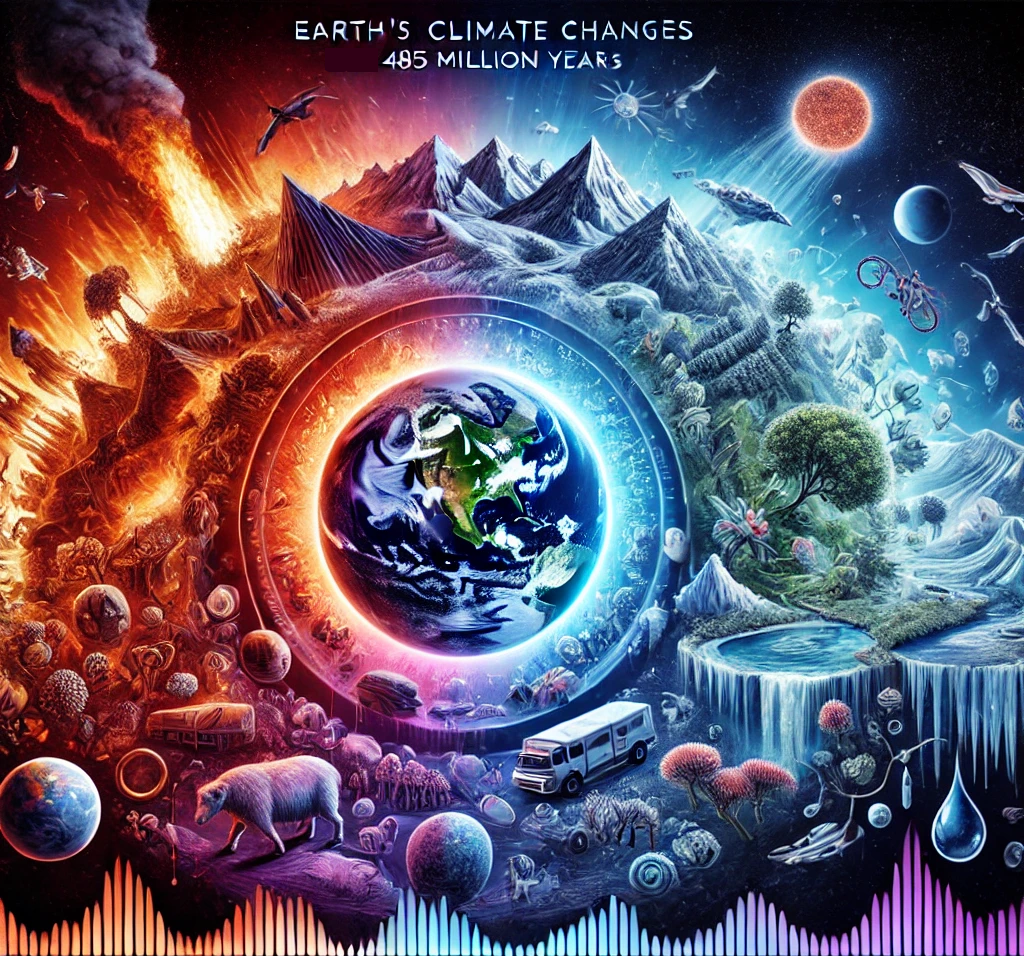New research by a team of scientists reveals a detailed, 485-million-year history of Earth’s surface temperatures, providing critical insights into how our planet’s climate has fluctuated in the past and what could happen in the future. This comprehensive study offers a stark reminder that, without immediate action on climate change, we could be headed toward a future marked by extreme global warming, comparable to some of the hottest periods in Earth’s history.

A Long Look at Earth’s Climate The study, led by Emily Judd and published in Science, reconstructs global mean surface temperatures (GMST) using data assimilation techniques that combine geological data with advanced climate models. Their findings reveal that Earth’s temperature has fluctuated dramatically, ranging between 52°F (11°C) and 97°F (36°C) over the past 485 million years. This new model, known as PhanDA, provides a more dynamic view of past climate changes than previous estimates.
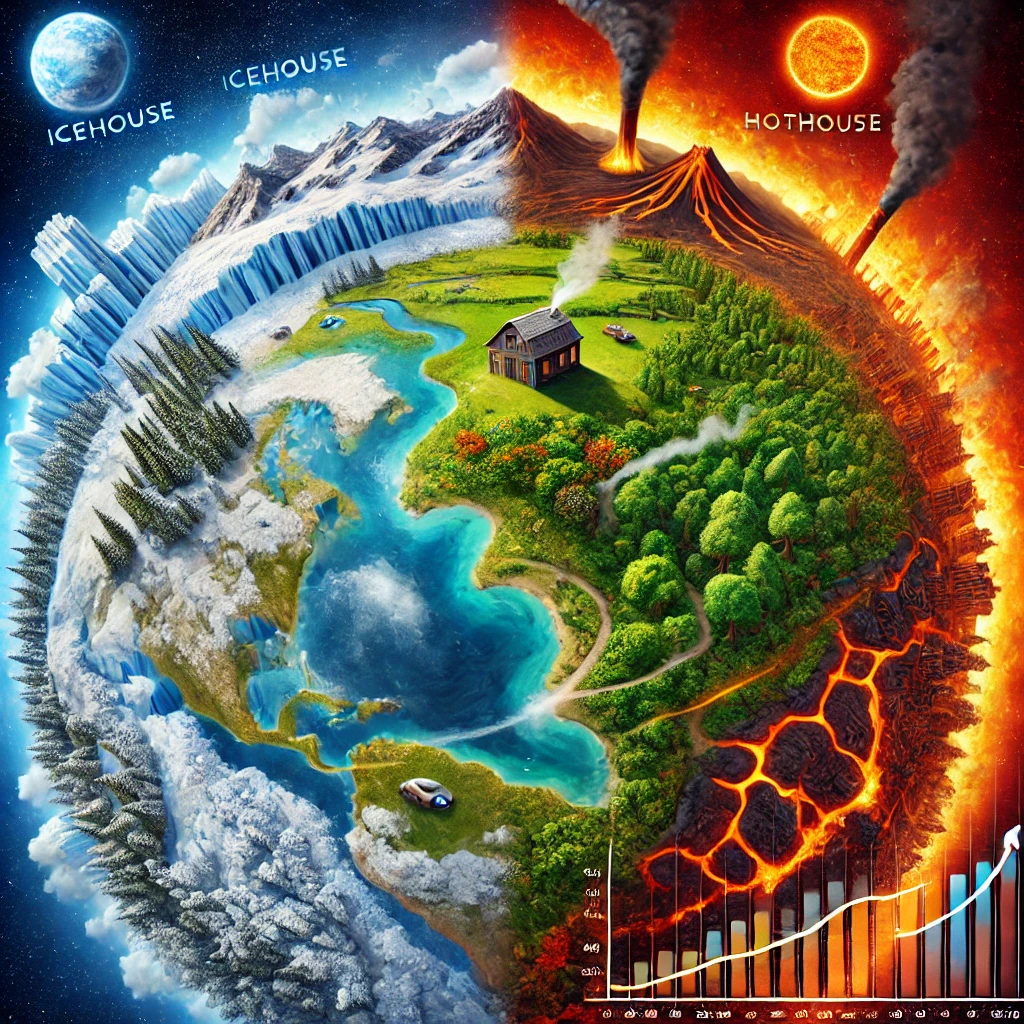
The historical data points to five distinct climate states that Earth has oscillated through, from coldhouse conditions with polar ice caps to hothouse phases where tropical temperatures soared. Notably, the research underscores that Earth has spent more time in warmer climates than cooler ones.
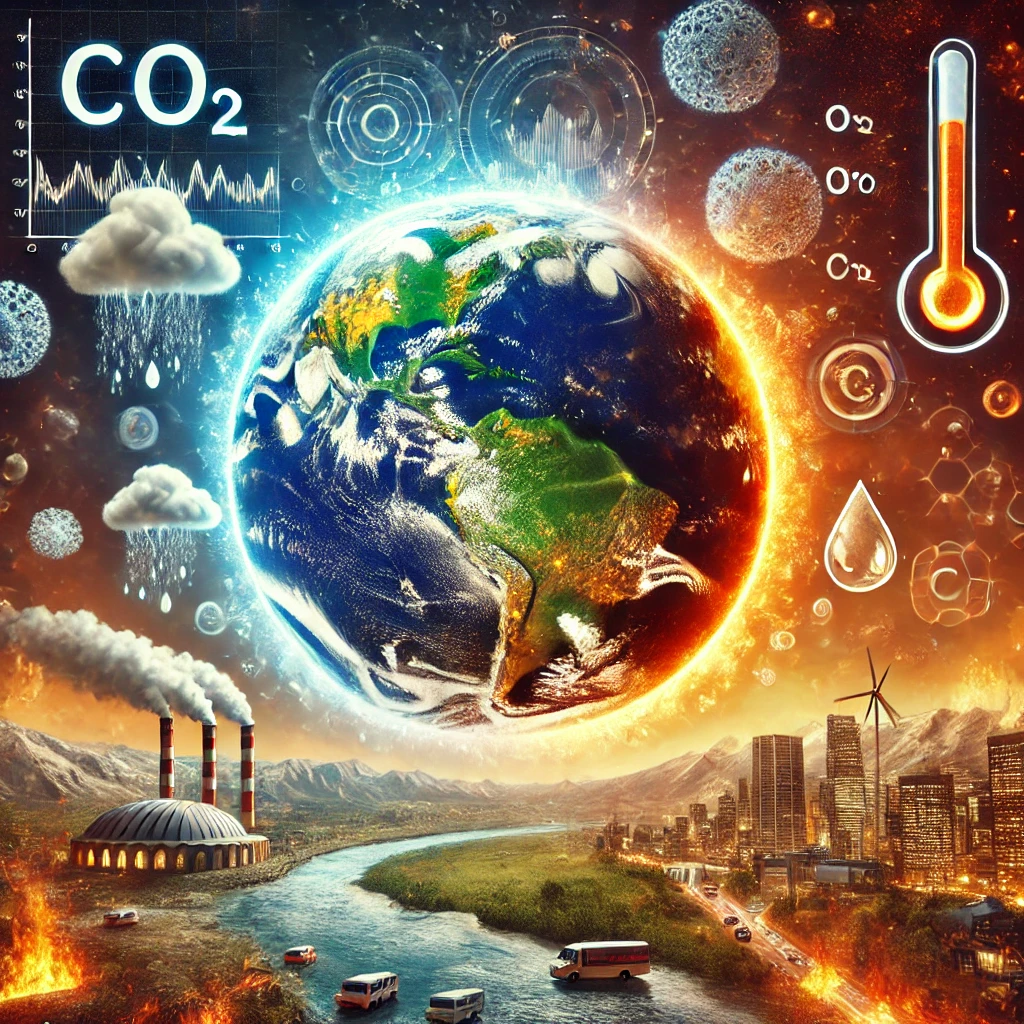
A Clear Warning: The Role of CO2 One of the key findings from the study is the strong correlation between atmospheric carbon dioxide (CO2) levels and surface temperatures. Over the past half-billion years, CO2 has been the dominant force driving climate changes. In fact, for every doubling of atmospheric CO2, global temperatures have risen by about 14.4°F (8°C)—a sensitivity much higher than what scientists observe today.

This consistent relationship between CO2 and temperature is critical, especially in the context of today’s climate crisis. As CO2 levels continue to rise due to human activities, such as the burning of fossil fuels and deforestation, the planet is already seeing the effects of increased temperatures, wildfires, and rising sea levels.
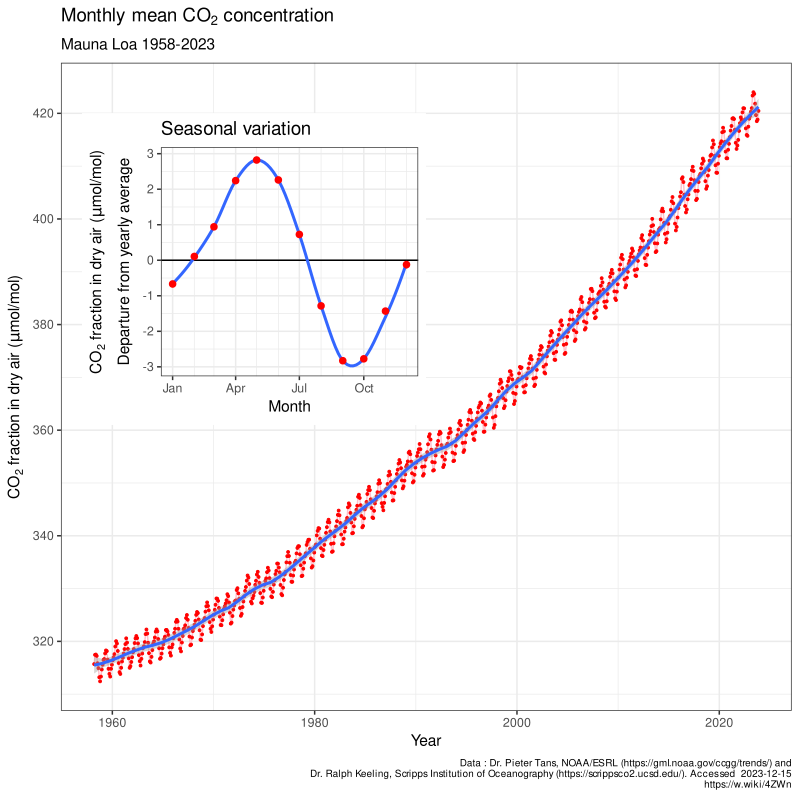
The Past’s Hottest Periods: A Grim Outlook Earth has already seen periods of extreme heat, where tropical temperatures reached 108°F (42°C), and global surface temperatures hovered around 97°F (36°C) during the hothouse phases. These ancient climates were inhospitable for most life forms, pushing ecosystems to their limits. If today’s global warming trends continue unchecked, we could be setting the stage for a modern-day hothouse world.
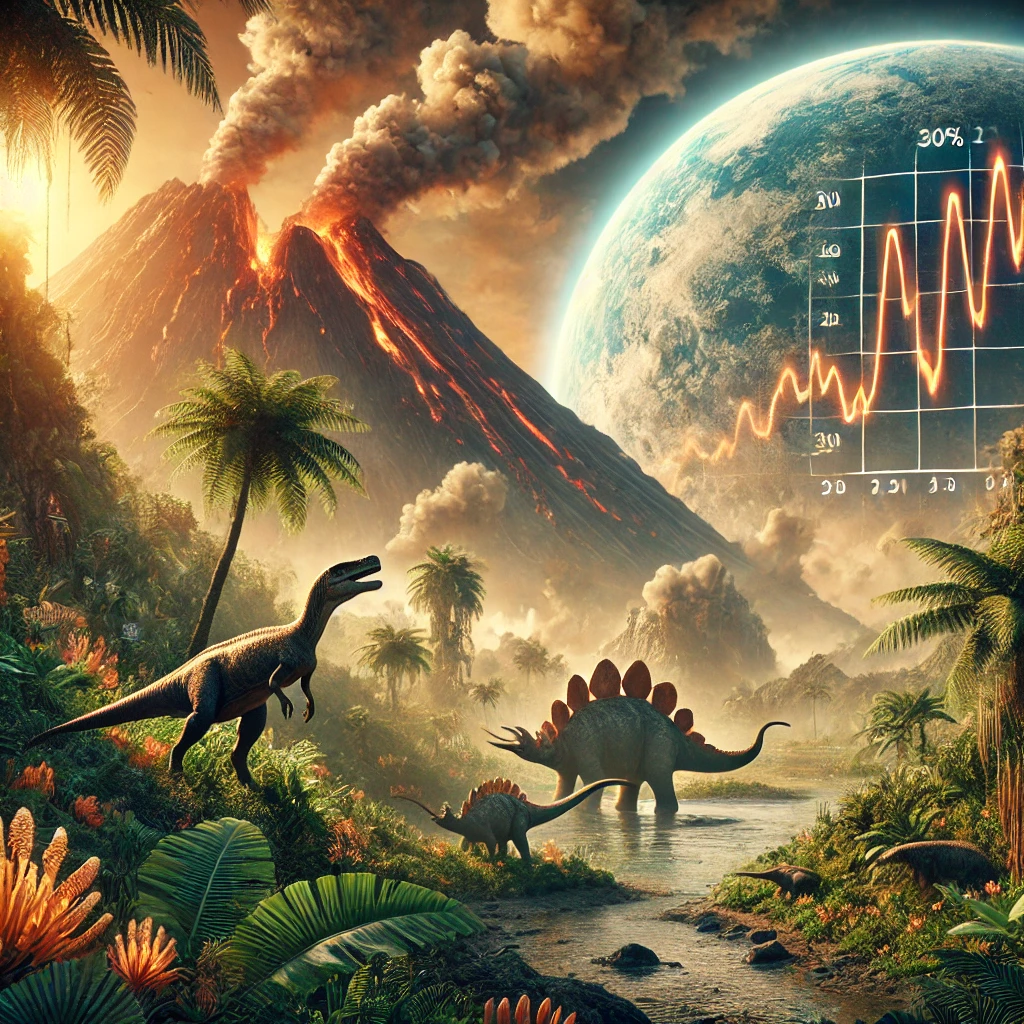
Judd’s team highlights that Earth’s ecosystems in the past adapted to these extreme conditions—plants and animals evolved to survive in climates far warmer than today’s. However, the rapid pace of today’s climate change far exceeds the natural adaptive capabilities of modern ecosystems, putting species at risk of extinction.

Lessons from the Deep Past The study’s findings are more than a scientific look at Earth’s history—they are a critical warning about our future. The research shows that CO2 levels and global temperatures are closely linked and that without drastic cuts to emissions, the planet could experience another extreme hothouse phase.

Historically, Earth has been resilient, with life continuing to evolve despite drastic climate shifts. But as Judd and her colleagues point out, the difference today is the unprecedented speed at which these changes are occurring, largely driven by human activities.
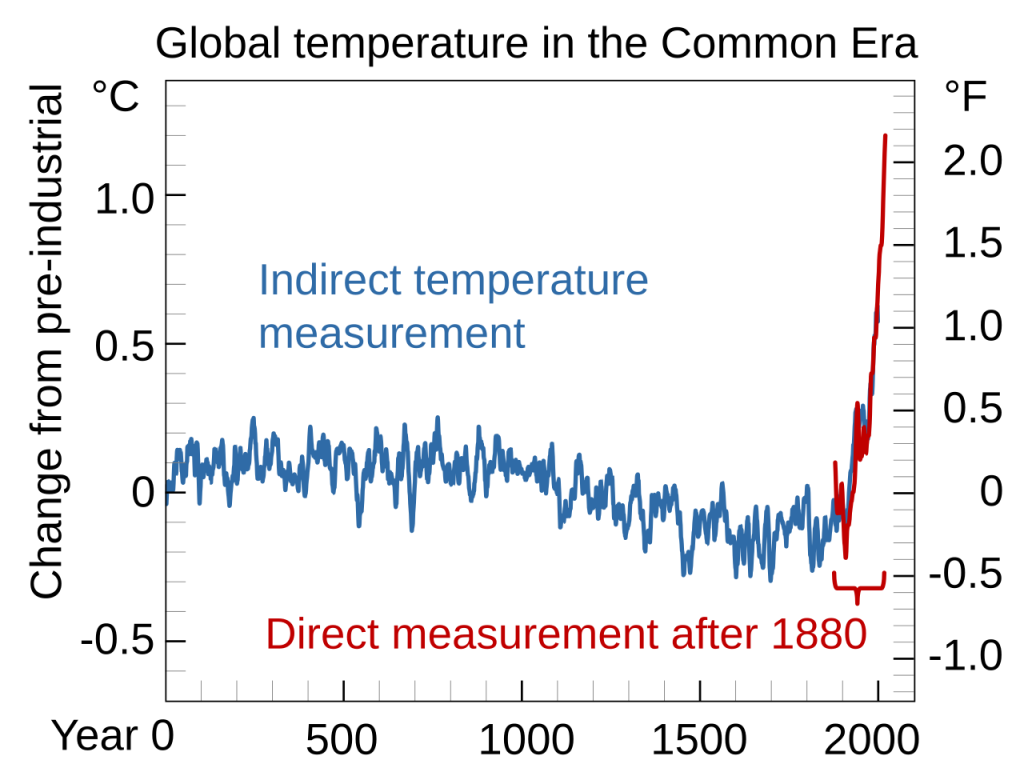
The Time to Act Is Now This 485-million-year history of climate change offers a sobering lesson: Earth’s climate can—and will—fluctuate dramatically based on CO2 levels. The choice is now in humanity’s hands. Immediate action to reduce CO2 emissions and limit global warming is essential to prevent a future marked by extreme and potentially catastrophic climate conditions.

As scientists continue to unravel the complexities of Earth’s climate history, one thing remains clear—if we don’t act now, the future could mirror some of the hottest and most inhospitable periods in Earth’s past.
Sources:

Link to Study: Here

